Many people have fences built around their houses or barns for security purposes. These fences are built in different designs. If you're building one for the first time, you might have some construction questions; for example, is leaving a gap for wind necessary? Here's the answer we gathered from our research.
Leaving gaps in your fence boards will help them have a firm balance on the ground. This would also ensure it has a strong resistance against wind. The gaps in your fence will allow the wind to pass freely through the fence; hence, the strong effect of the wind will not lead to the collapse of the fence.
Putting gaps in your fence not only gives good resistance against the wind. It can also beautify your fence. Keep reading to learn more detailed information on why a fence should have gaps for wind.
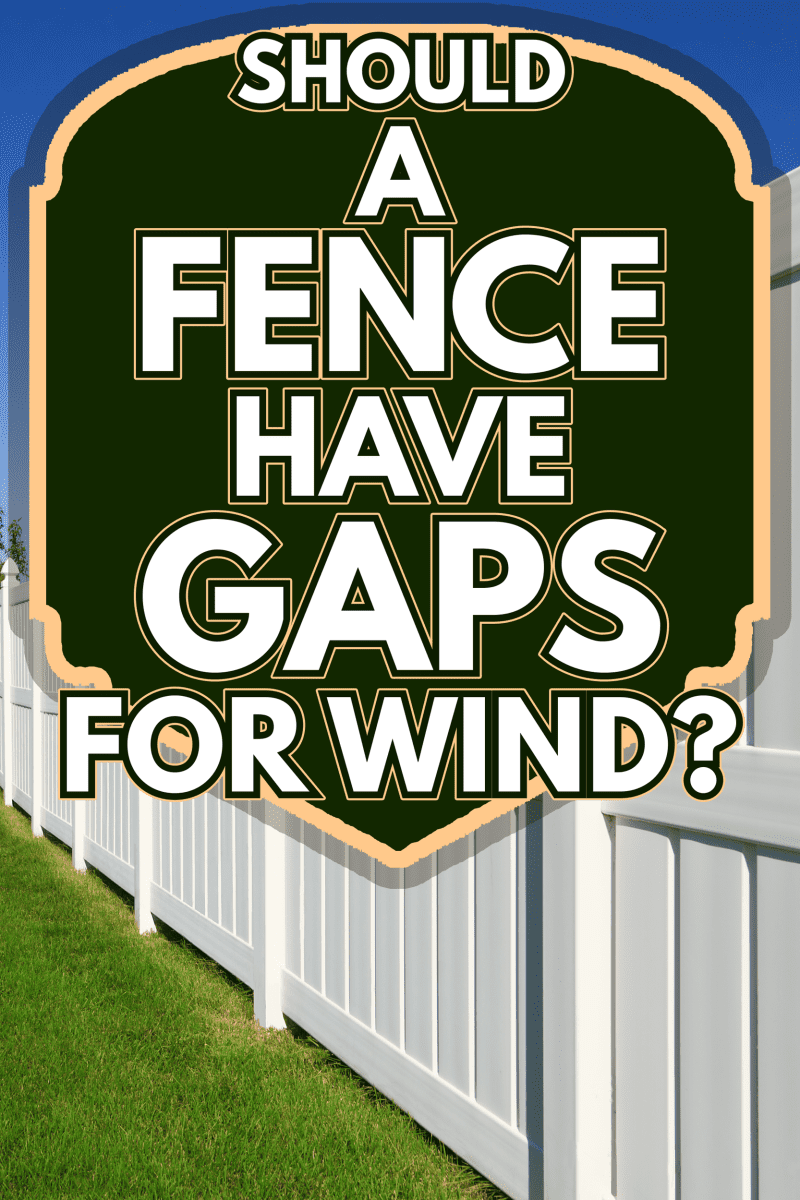
What Are Fences For?
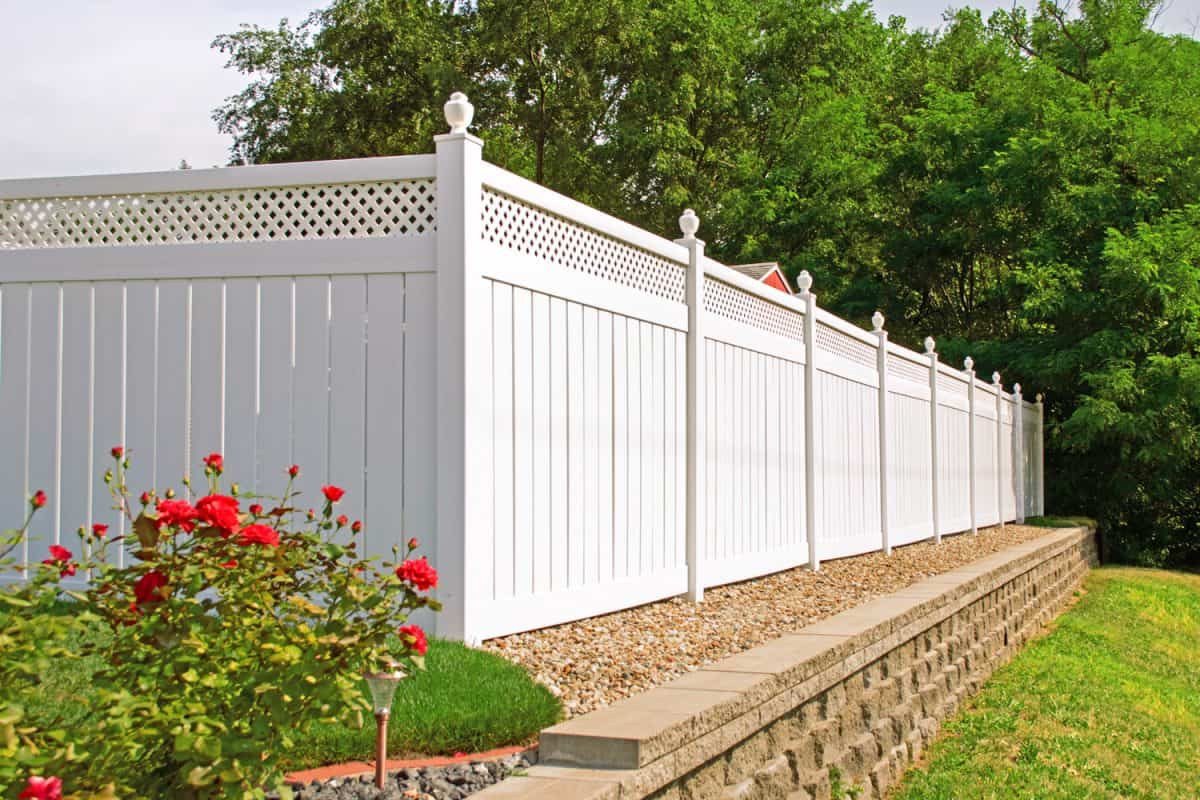
Fences are built for different reasons, so you need to figure out your need or purpose for a fence before building one.
Fences are built for protection against animals and unwanted trespassers. Fences are built for your privacy. You can build a fence to mark a territory as yours.
Fences are also great for adding a nice aesthetic appeal to your home. They can be created to enhance the outlook of your yard while also adding a touch of refinement to the overall appearance of your home.
Why Do Fences Have Gaps?

There are a lot of reasons fences have gaps between them. Here are a few.
Proper Circulation Of Air
One good reason for having gaps around your fence is to allow air to circulate properly into your yard. If you live in an area with high heat, you need to expand your fence gaps and make them wide enough to let air flow in.
Board Expansion
When wooden boards come in contact with moisture or water, they swell and expand. The moisture can also sip from one board to the nearest one in close contact.
One way to avoid it is to separate and space the boards from each other. If you're using a wooden board for your fence, spacing them would ensure you don't ruin the design and structure.
Good Wind Resistance
Putting gaps between your fence planks will reinforce your fences and help them withstand any pressure from the wind. Since Gaps allow air to pass through, your fence will not absorb the full force of the wind.
It also controls the amount of wind flowing into your yard, thereby preventing your home from any potential damage likely to occur, like damage to ornamental plants during a strong storm.
As irrelevant as they appear to be, fence gaps could have a tremendous impact on your home and yard.
Should A Fence Have Gaps For Wind?
A fence should have gaps for strong winds, especially if you live in a windy area. If a fence does not have gaps, the wind's effect might cause the fence, or any outlying structures, to collapse.
Types Of Wind Resistant Fence Panels
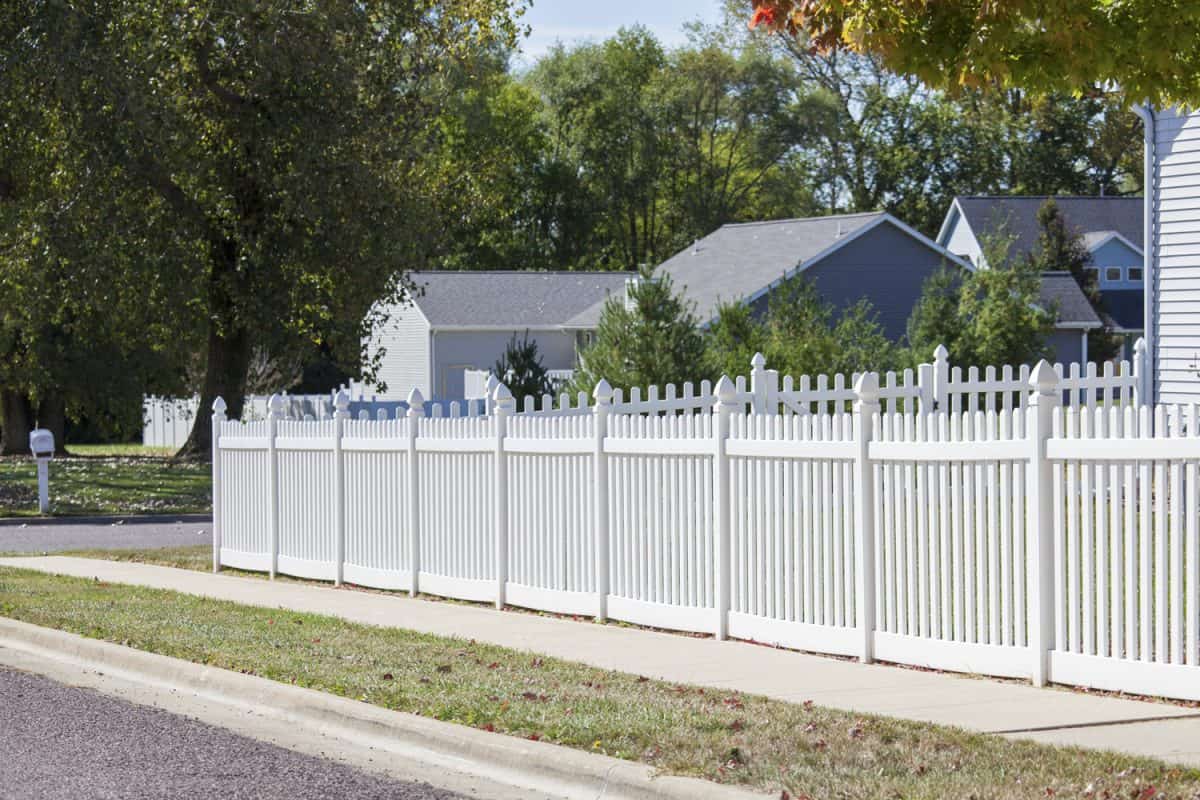
Inclement, windy weather can be very unfavorable to live with. From trees being pulled down to houses being damaged by the storm. Different types of fences can resist the wind, and you can choose whichever you want according to your needs, aesthetics, and personal terms.
Here are some different types of wind-resistant fence panels
1. Easy Wind Passage Fence
Unarguably, the best types of fences that are good enough to resist the wind are those with spaces wide enough to let a large amount of wind pass through. The larger the space, the easier it is for the wind to pass through without the fence getting affected by force.
While this type of fence is very effective against wind resistance, you should also know that your privacy will be compromised because outsiders will be able to have a good view of your home from the outside.
2. Slatted Fence Panels
Slated roof panels are your best option if you are keen on your privacy. With enough gaps between each board, wind can pass, and you can still be protected from an outsider's gaze.
It is also a great option if you're interested in improving your yard aesthetics. Slated fence panels give your home or garden an elegant and sleek look.
3. Fence Panels With Trellis
These types of fences are very light compared to other types of fences. They are also the most attractive types of fence panels and have a crisscross pattern design which makes them very suitable for wind resistance.
One disadvantage of trellis fences is the lack of privacy you may have, but to make up for this, you can grow plants around them to cover the gaps, and interestingly, these plants won't block any air or wind from passing through the fence.
4. Picket Fence Panel
These types of fences are trendy and have been used for a long time. They have huge gaps between the vertical wooden boards that make them good enough to resist wind. If your primary issue is to place a boundary around your home, you should go for picket fencing.
You can also use this type of fencing if you want to give your dog an area to play around in. This type of fencing will make your lawn look like a cosy countryside home. But you should note that there is a minimal barrier from the outside gaze because of the spaces on the boards and the length.
5. Short Open Fence Panel
Like the picket fence panels, the short open fence panels are perfect for setting boundaries around your home as long as you don't mind giving up a little privacy.
The short, vertical panels with significant spaces between them are ideal for windy places. They will offer your property a nice, rustic design. Choose them if you want your property to have a country atmosphere.
Tips To Brace Your Fence For Wind
It is always essential to prepare your home for any weather conditions. These are ways to keep your fence intact and safe from harsh weather conditions like wind or rain.
- Always choose durable and long-lasting fence panels.
- Make sure the post supporting your fence is strong enough. Regardless of the type of fence panel you use, it may crumble the fence if the post is not strong enough.
- Keep the areas around your fence clean and tidy. Unwanted weeds, dirt, and debris can cause your wooden fence to rot easily.
- During warmer seasons, use a fence preservative to coat your wooden paint. Preservatives keep moisture from penetrating the wood. Doing this will prevent the fence from rotting easily.
How Much Can A Fence Withstand?
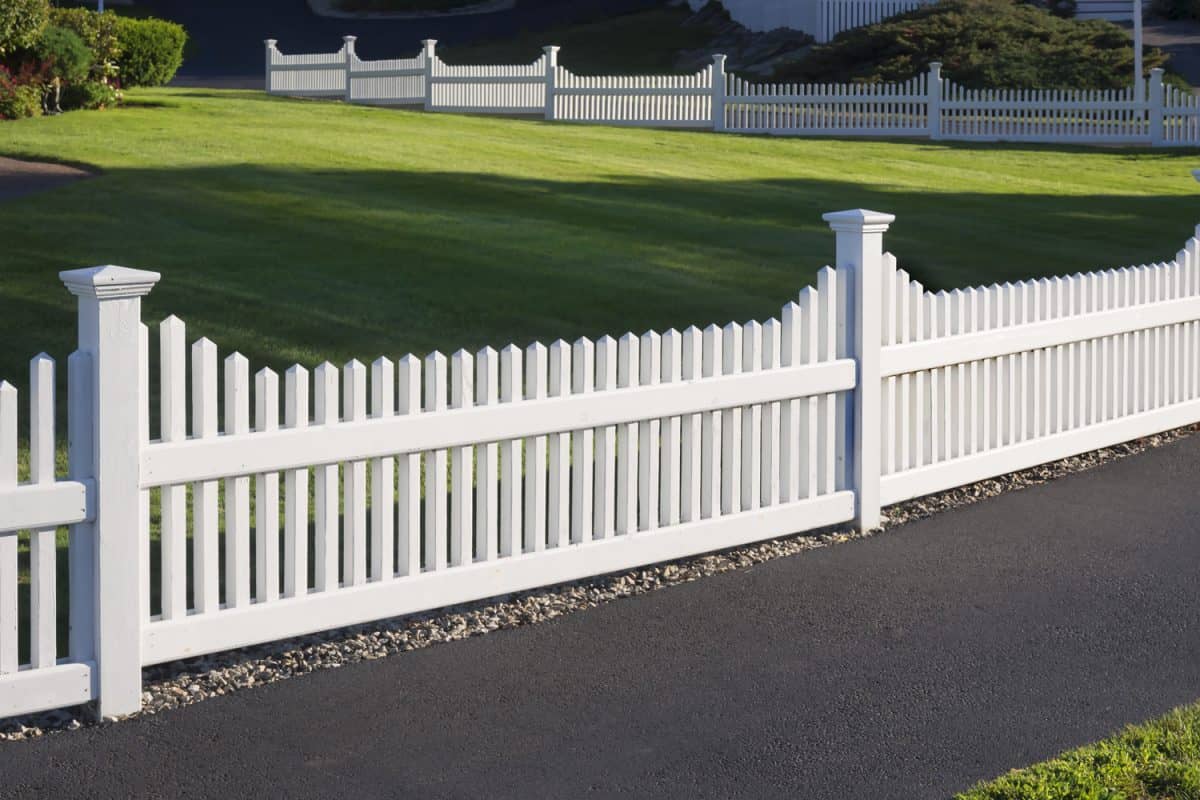
How much a fence can withstand depends on the length of the fence and how strong its post is secured. An 8-foot high wooden fence with metal poles as far as 8 feet apart can withstand 220 mph wind.
This type of fence is more wind resistant than any fence because of its flexibility. It can stand about 60-90 mph before it gets destroyed by the wind.
A vinyl fence might be different. A vinyl fence is not suitable for you if your location is susceptible to strong winds and storms.
What Is The Sturdiest Type Of Fence?

Before deciding on what type of fence you should build, you also need to consider its durability. The durability of a fence determines how long it will last. Here are some of the best fences that are strongly built
- Concrete wall fences are one of the sturdiest types of fences. Built with stones, cement, and blocks, it can last for over a century.
- Steel fences are also one of the sturdiest types of fences. They are built with irons and carbon, making them very strong and wind-resistant. To avoid your steel fence from rusting, make sure you coat them with zinc.
- An aluminium fence is another sturdy type of fence. Even though lightweight, it is very durable because it is made with a low-density metal that can withstand corrosion.
Conclusion
Before you build a fence, you should consider the primary purpose and how effective it will be in resisting the wind. Fences built with gaps are the best option for windy areas. Also, consider the strength of the fence pole and material while constructing your fence. If you enjoy reading this article, check out these other engaging posts:

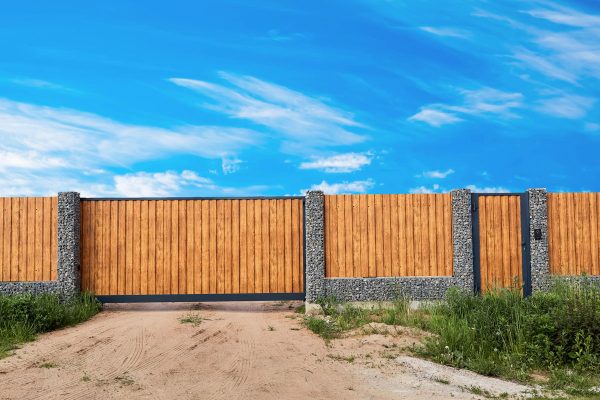
![Close board fence erected around a garden for privacy with wooden fencing panels, concrete posts and kickboards for added durability, Are Gravel Boards Treated? [And How Long Do They Last]](https://fencefixation.com/wp-content/uploads/2022/06/Close-board-fence-erected-around-a-garden-for-privacy-with-wooden-fencing-panels-concrete-posts-and-kickboards-for-added-durability-600x400.jpg)
![Wooden fence with green lawn and trees, Stepped Vs. Racked Fence Installation [Where & How To Use Each]](https://fencefixation.com/wp-content/uploads/2022/06/Wooden-fence-with-green-lawn-and-trees-600x400.jpg)